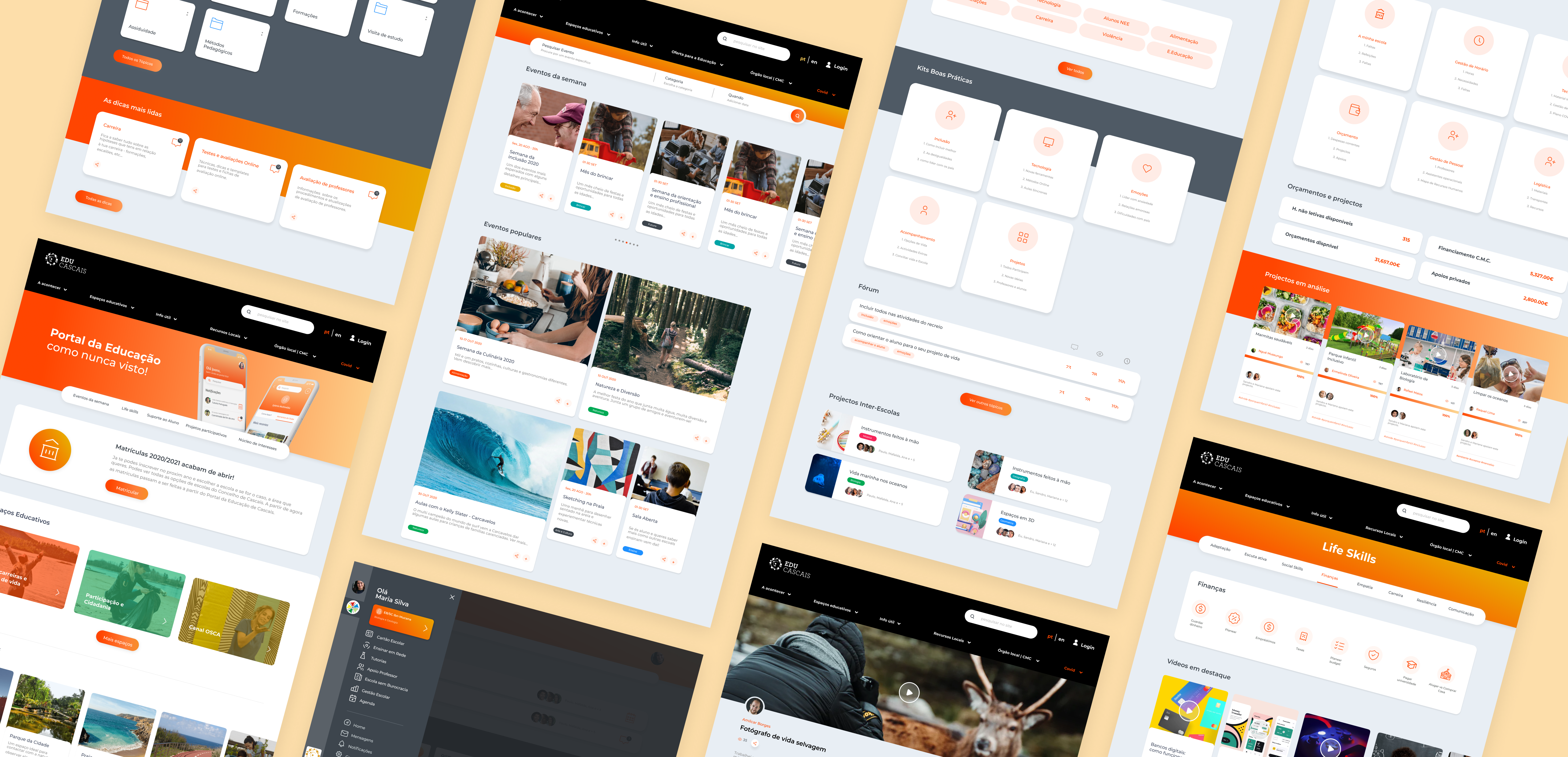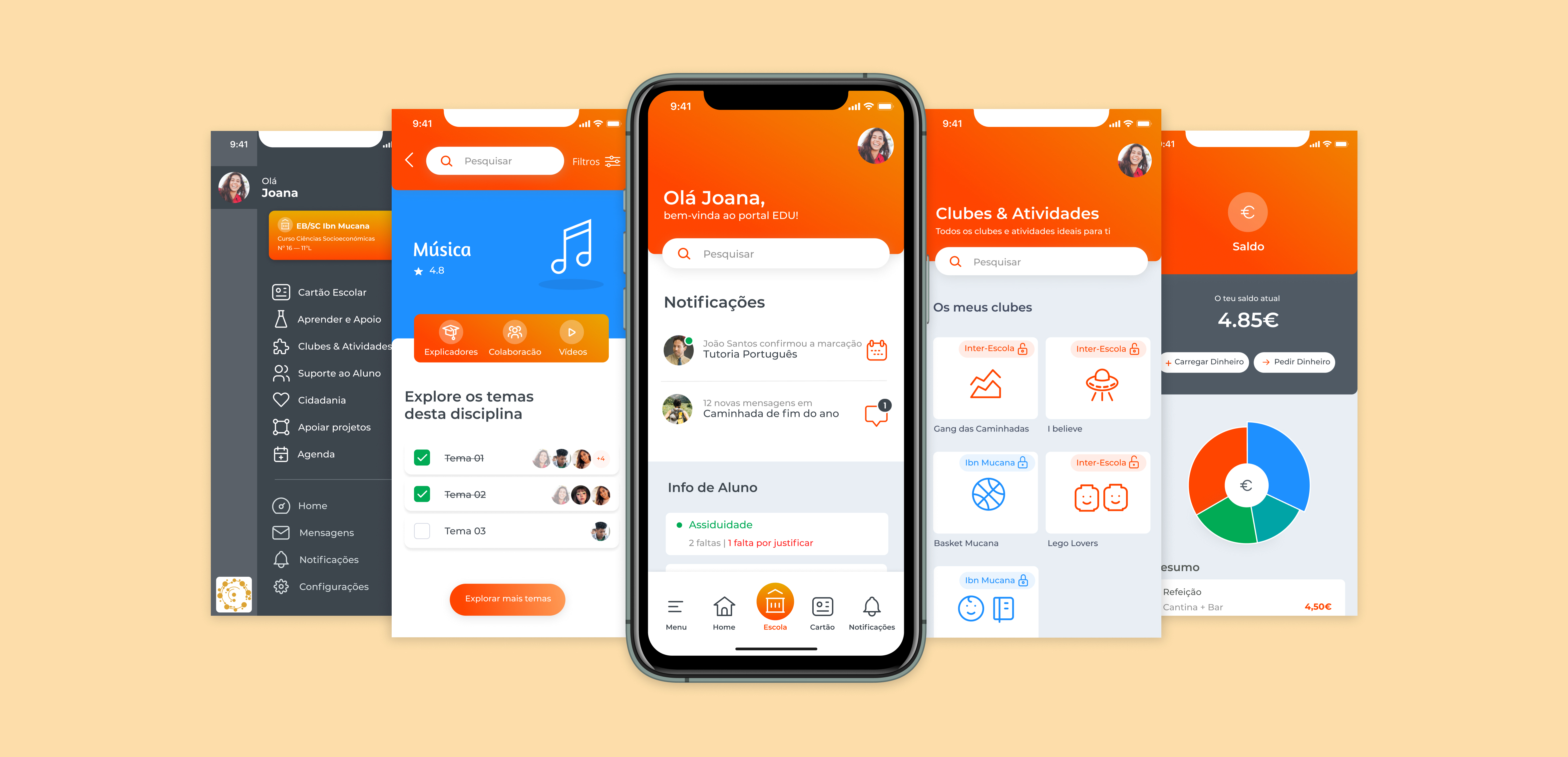Empowering a local education ecosystem and its community
Service Design and
Product Design & Validation
With Câmara Municipal de Cascais
Challenge
Create a platform that centralises, integrates and connects different needs of the educational community of Cascais.
Outcome
A digital platform hi-fi prototype for the Cascais educational community, based on an in-depth study of the educational ecosystem of Cascais, which serves all the stakeholders within the municipality.
- Client
- Câmara Municipal de Cascais
- Service
- Service Design, Product Design & Validation
- Location
- Cascais
- Duration
- 15,5 weeks
- fields
- Strategy, Research, Prototyping, Validation, UX, UI, Experience Design, education
- team
- Ana Adelino, Sofia Carvalho, Tiago Nunes,
Assunção Sampayo
,Filipe Moreira
,Rui Branco
,Maria Loureiro
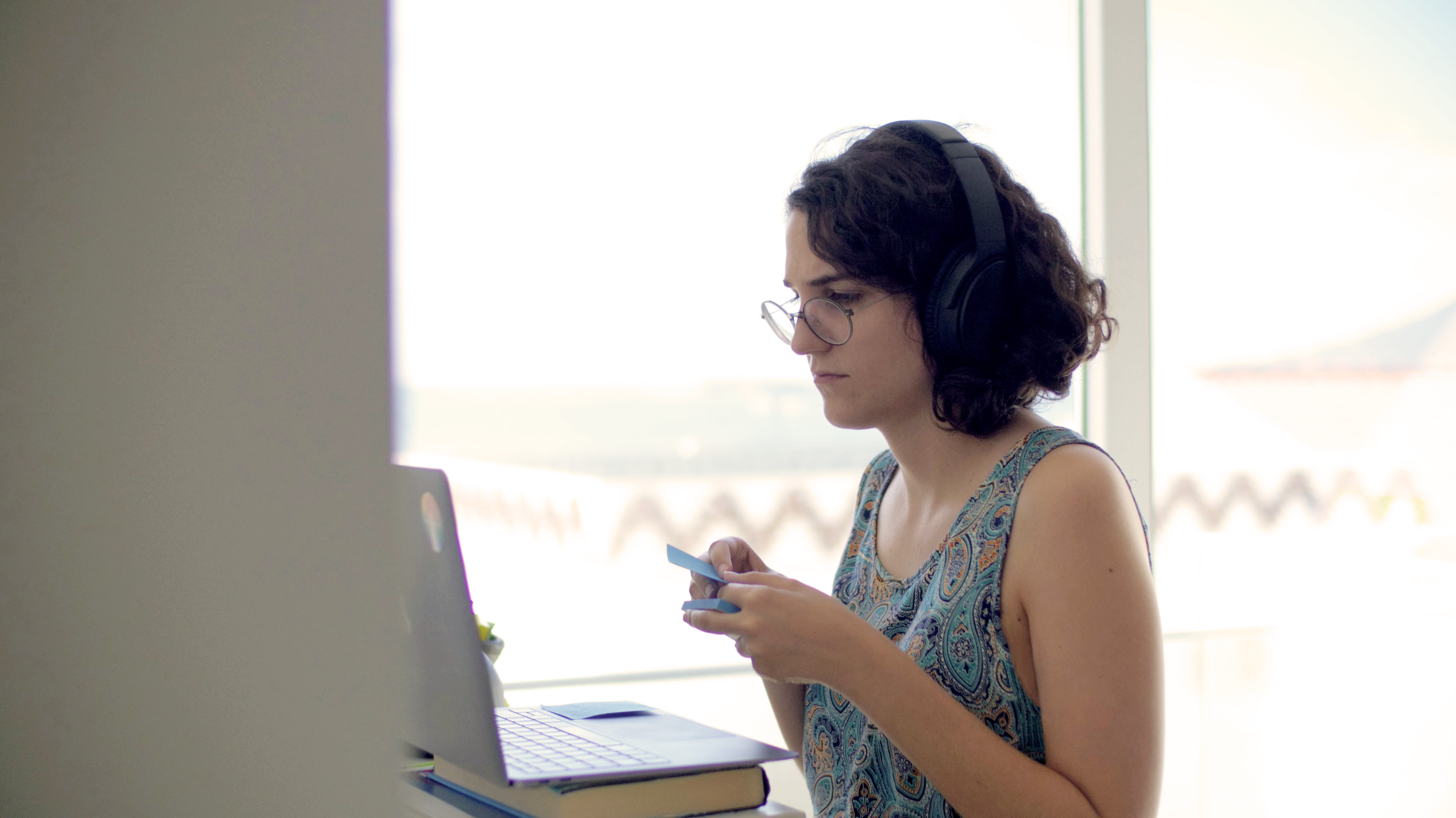
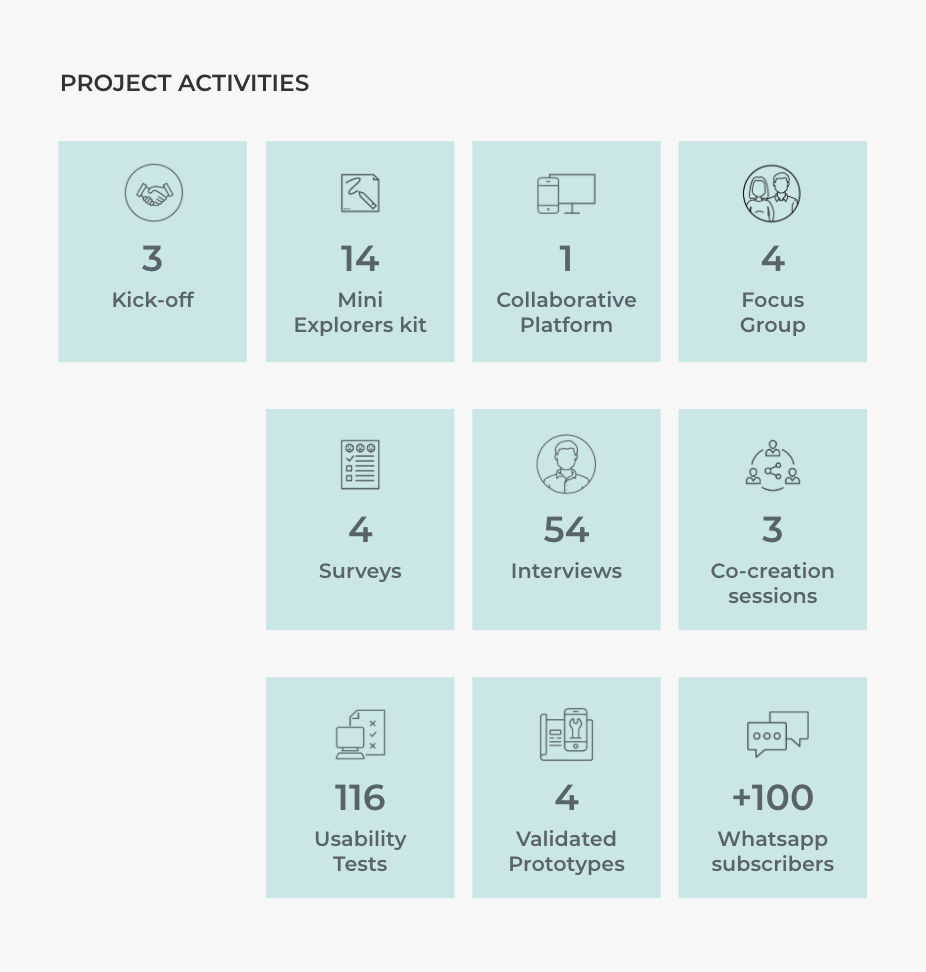
context
In 2015, the Portuguese Ministry of Education transferred some of the responsibilities of the school system to the Municipalities. Each city council had to find their way of moving forward, adapt to a different type of relationship with schools and all their stakeholders (teachers, staff, parents, legal guardians, educational partners, suppliers, and most importantly, students).
The city council we worked with identified the need for a platform with 3 main goals: centralise, integrate and connect different needs of the educational community; support different prospects for students and other education stakeholders, and make the municipality ready for the challenges of the future.
This city council has been in the forefront of innovation in lots of areas, and in order to continue boosting this journey and taking the educational community along, they understood they needed a tailor made solution for the unique context and needs of their population.
Can the school system of Cascais answer the management challenges, while at the same time being able to create an environment where no one is left behind in which schools play a lead role for creating communion and community?
our role
01
Study the Cascais educational ecosystem, its role and characteristics.
02
Create a digital solution that responds to the needs and expands the capabilities of its users.
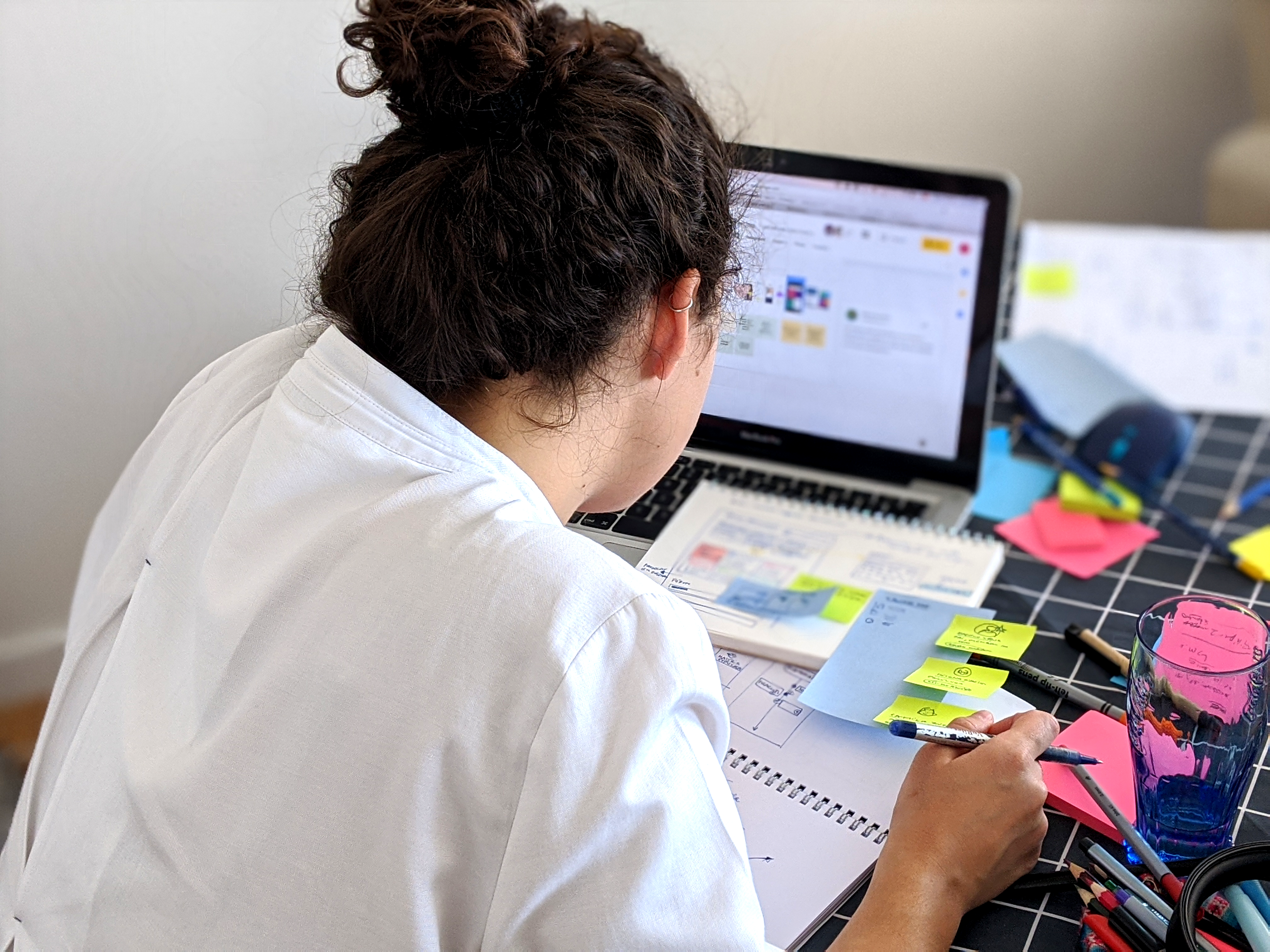
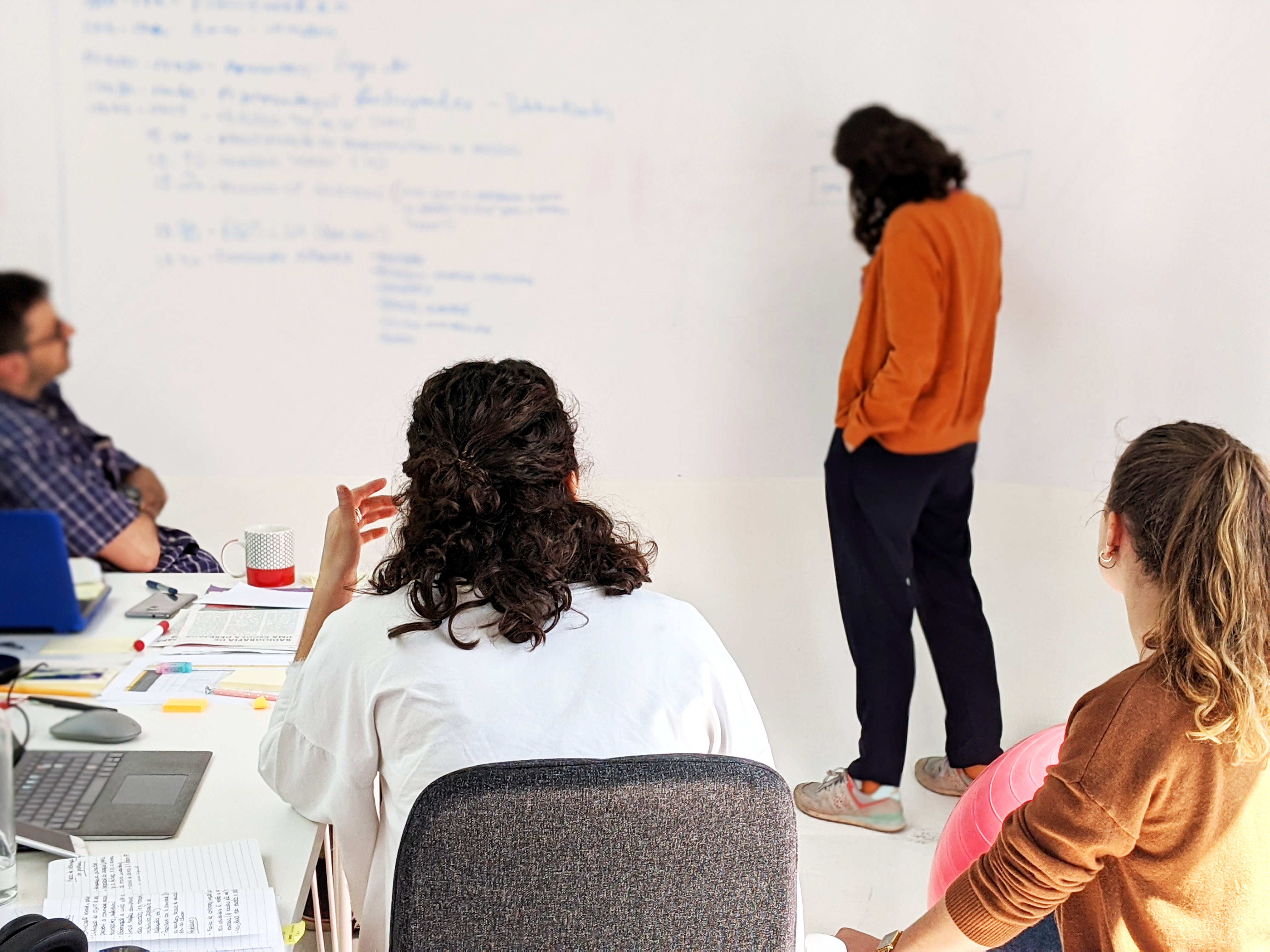
goal
To ensure
diversity
and inclusion across our research sample, considering Cascais has more than
140
schools (including public, private and vocational education & training).
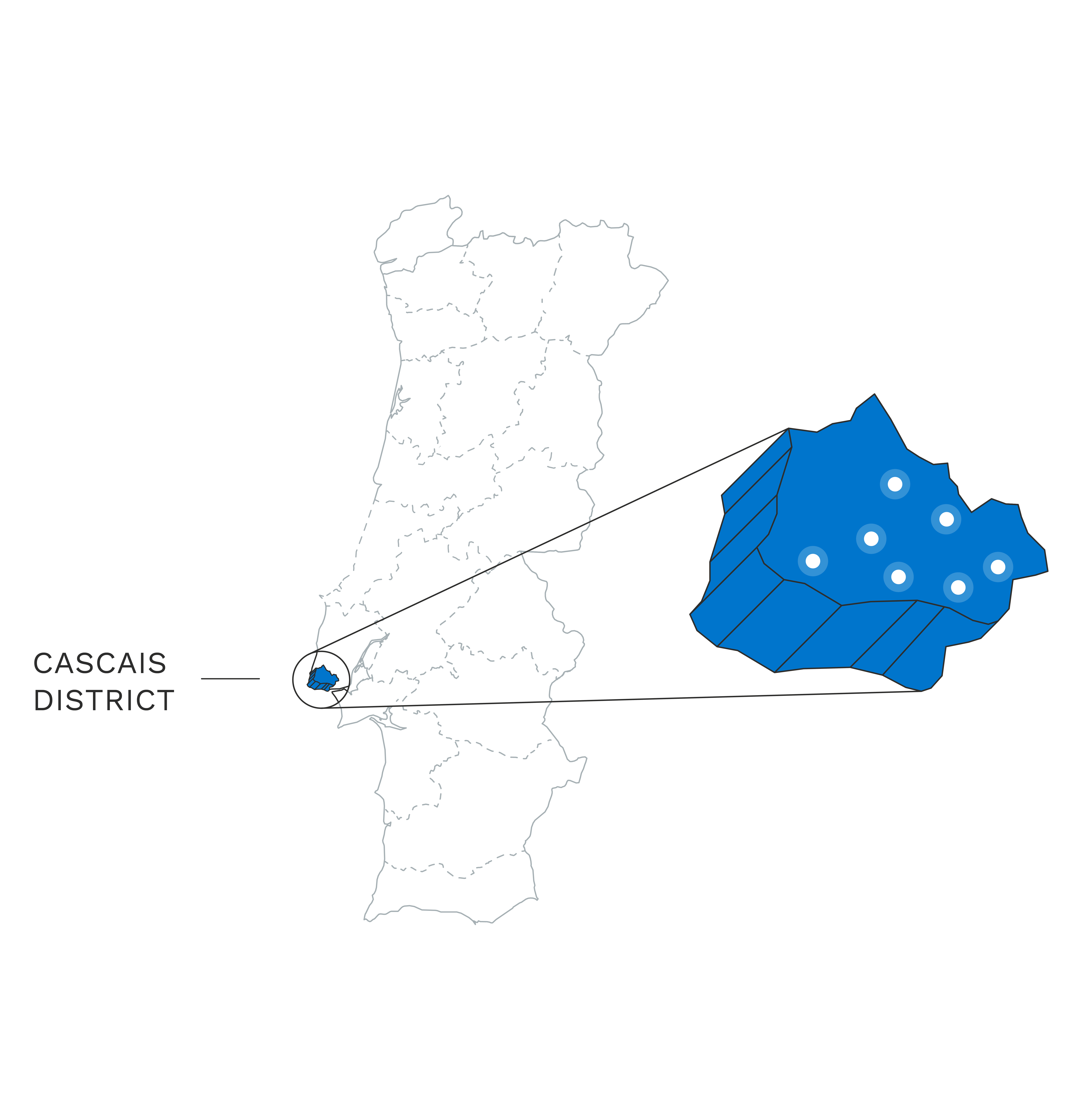
RESEARCH
This municipality is one of the most diverse and complex areas of Portugal. Being wrongly-perceived as a hub for the wealthy and influential, the municipality is also composed of middle to lowest-income class suburbs, and culturally diverse neighbourhoods (where 70% of the population does not speak Portuguese and most adult men are not employed). This region has been receiving a lot of immigration, which puts pressure on the educational system and creates very specific challenges that need to be tackled (i.e. language and cultural barriers, social isolation).
Considering this, we mapped the different areas and schools acknowledging their social and economic context, the different types of schools (public, private, professional, alternative school methods), and selected 9 clusters that would allow us to access diverse profiles.
We kicked-off the project by hosting 3 online collaborative sessions with key groups of the educational community (client’s project team, the education department and partners; teachers, students, and parents). During these sessions we mapped the existing system, identified stakeholders, discussed goals and success metrics for the project and identified topics to explore further during the research phase.
These one-on-one conversations with students, parents, teachers, and other members of the educational community were a way for us to get a deeper understanding of the problem as well as the challenges that the different profiles face. We looked for what drives them, their fears, desires and ambitions.
We went online and used different ways to observe the people of the educational community in their natural (but also new) contexts. From vocational education & training courses’ webinars to projects’ meetings involving educators from multiple schools, we got to see different profiles in action. We immersed ourselves in social media groups of parents, teachers, students and immigrants living in the municipality in order to understand their social and cultural dynamics. We often used these groups as open avenues for feedback, ideas and participation.
As it would be challenging to conduct online interviews with students under the age of 10, we designed an activities’ workbook for 14 children between the age of 6 and 10 years old. The interactive activities were strategically thought and designed to uncover children’s wishes, dreams, struggles and needs. This also unlocked multiple insightful contributions that parents/ legal guardians gave during the 2 focus groups.
To ensure everyone in the community had a way to contribute and felt part of the process, we launched an online platform where people could be a part of the project by answering weekly challenges. During 8 weeks we launched a weekly challenge. We also had a blog where we described the process and on-going activities of the project, and a place where individuals could subscribe to be part of a WhatsApp group (+100 subscribers) and stay up-to-date with the project and contribute with feedback, ideas and suggestions.
We set up 3 online surveys and collected over 1,158 answers. These surveys allowed us to deepen our knowledge of the people in the community; challenge initial assumptions; cross variables, find patterns and identify core pain-points, behaviours and beliefs across different profiles.
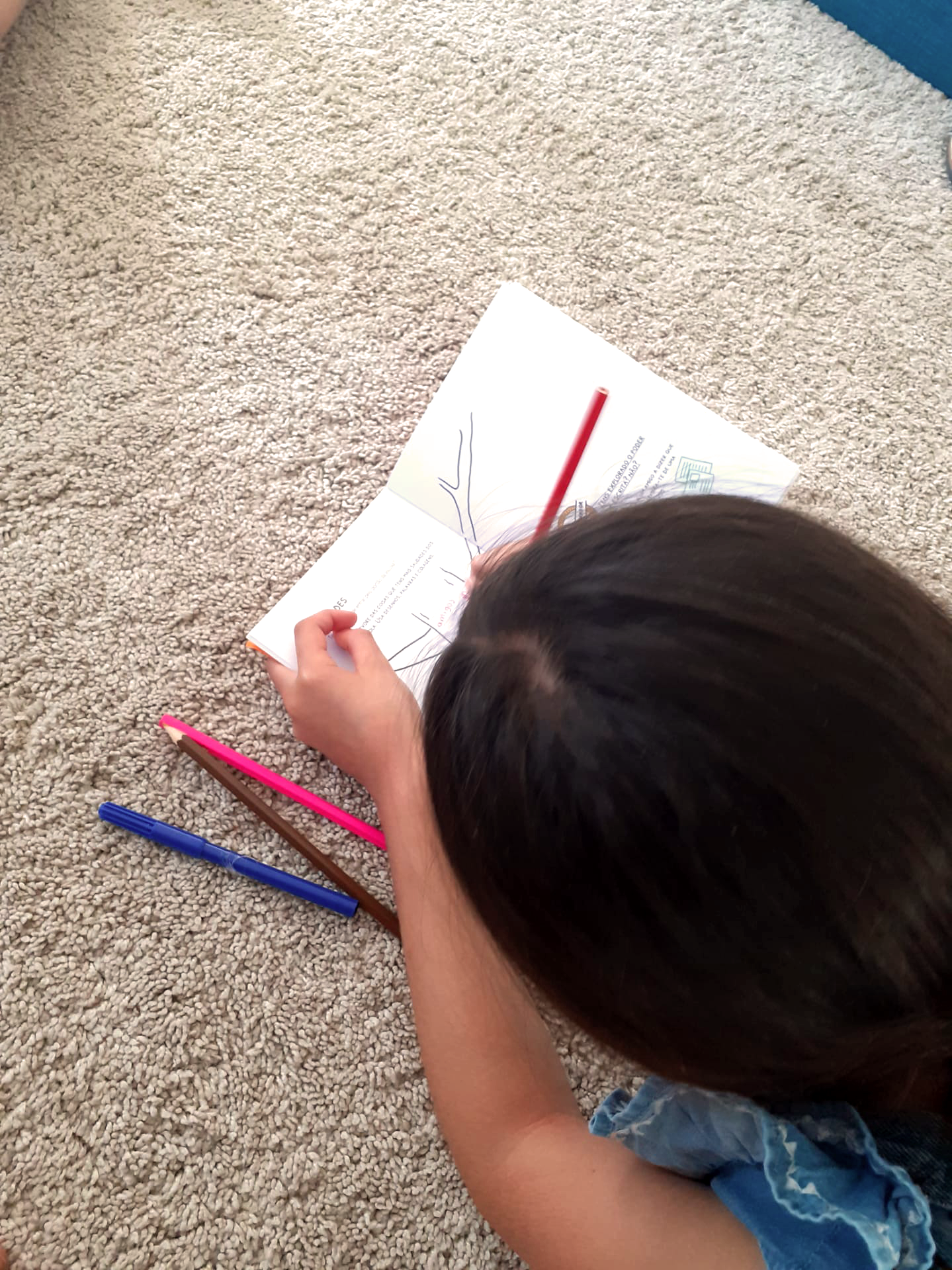
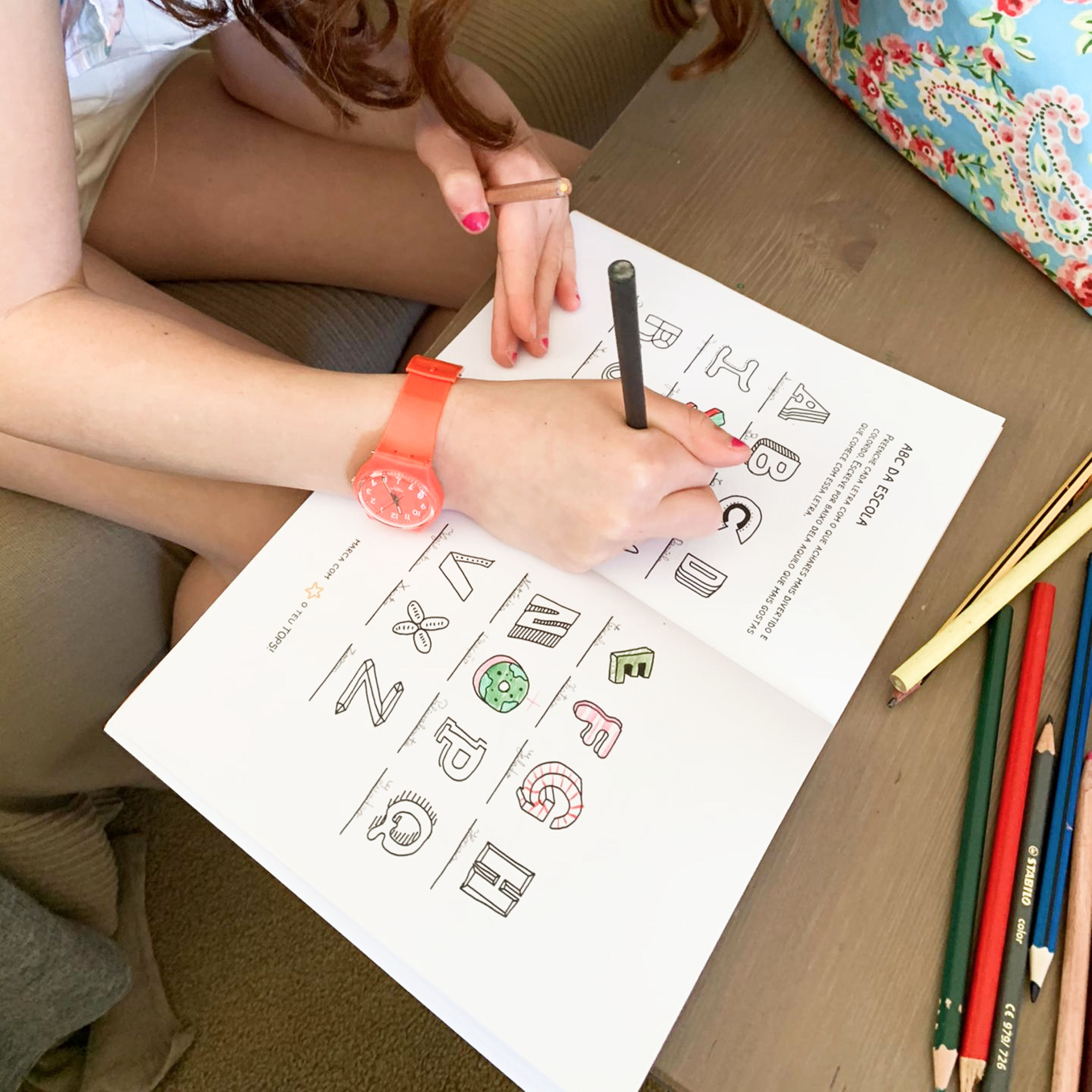
54
In-depth interviews
116
Remote usability tests
+ 13 debrief interviews.
3
co-creating ideation sessions
30 participants, from young students to experienced teachers.
14
activities’ workbooks
with children’s drawings, likes and aspirations.
3
surveys
with over 1,158 participants.
1
online platform
1 challenge per week during 8 weeks in the Explorar:Educação platform.
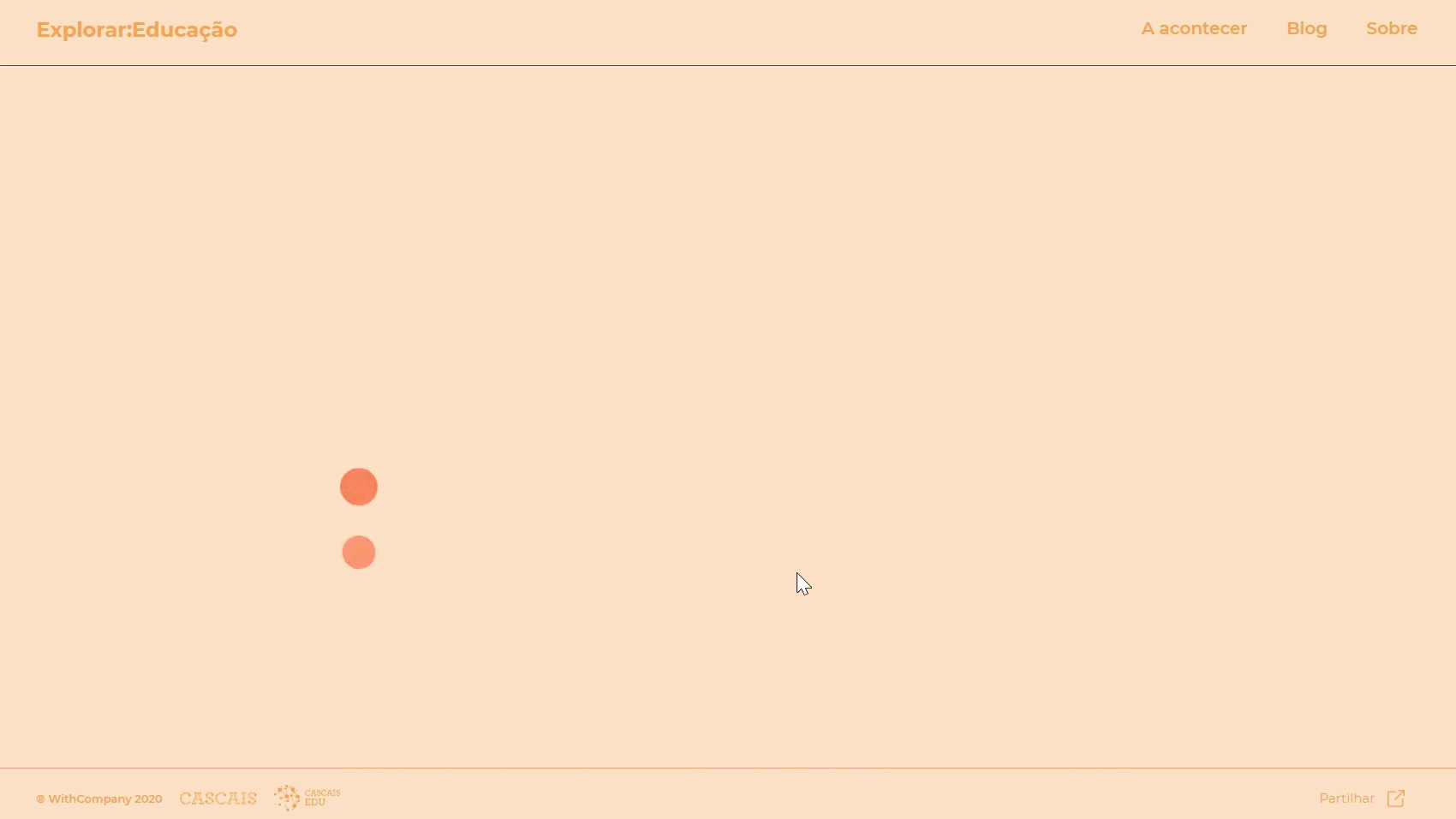
FINDINGS
Learning and teaching are experiences that branch beyond the school walls and whilst some may think about different profiles as individual units, the reality is that, more often than not, people are a blend of several profiles and serve multiple missions (e.g. a parent who is also a teacher). We understood that no-one wants to feel excluded or disconnected when carrying out their mission inside the Cascais educational community.
Our research led us to multiple insightful discoveries which can be expressed in the following structure:
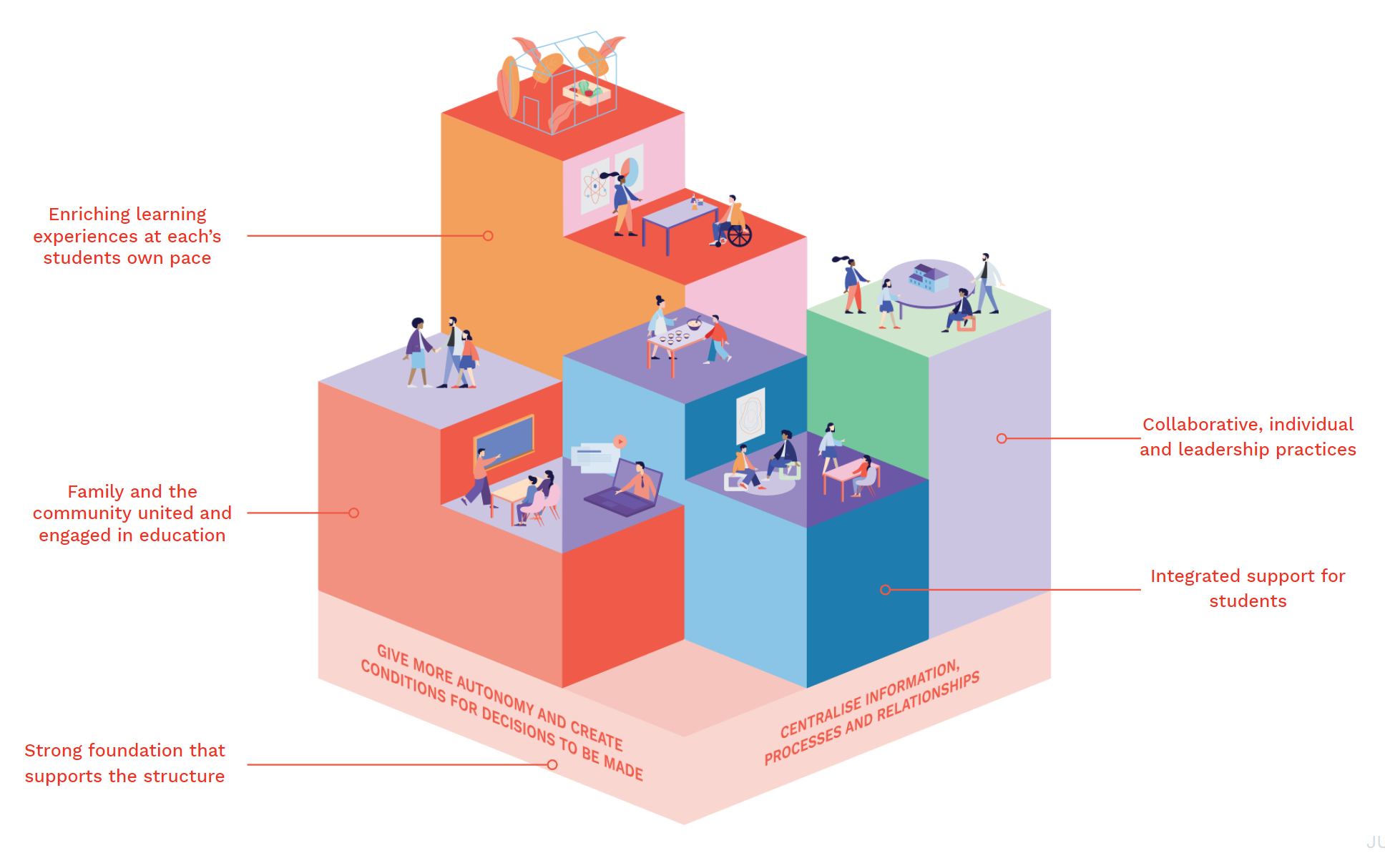
FEATURES & ROADMAP
Different profiles have different needs regarding features, so we had to set some priorities when it comes to implementation. Based on our research findings and the learning from co-creation session, we organised key features in 3 overlaying topics:
To place the student at the center, it is necessary to create the right conditions, give autonomy and enhance the daily roles of the profiles that support education.
- Features that are aligned and respond to the community’s needs on this topic:
E.g.: Tutoring; Network Teaching; Teacher Support; Parent Support; Bureaucracy & documents.
Learning cannot happen in a vacuum of abstraction, separate from the students’ personal sphere. What students learn at school must bring real value to the students’ lives, and look at the student as a whole.
Features that are aligned and respond to the community’s needs on this topic: E.g.: Learn and Support; Student Support; Support Projects; Clubs & Activities.
The shaping of citizens does not end when the bell rings, or compulsory schooling ends. The process of everyone’s growth and evolution inside the community must be continuous, and student’s educational projects must help each one to think about their life project.
- Features that are aligned and respond to the community’s needs on this topic:
E.g.: The Future is Mine; Citizenship.
First of all, we need to support all members of the community in solving their everyday obstacles. Once we have a capable and autonomous community, we'll provide the tools to amplify their voices and expand the reach of their actions.
Troughout the project it became clear that education is made of a wide range of situations and contexts. The platform is only step one, from which the community will launch itself to better and connected futures based on solid learning experiences, bringing to the community the connection where education happens.
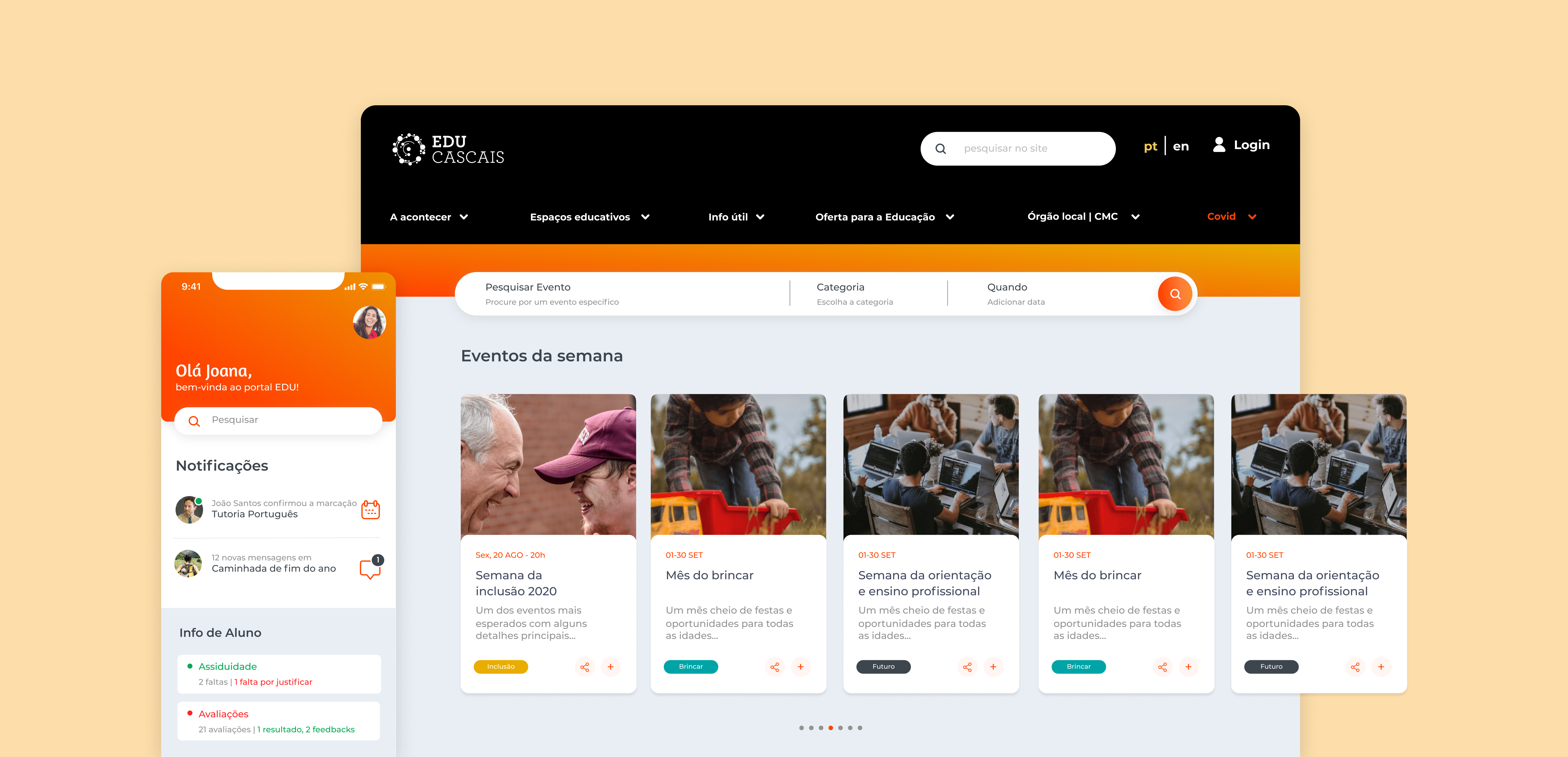
We believe that going through this project amidst Covid-19 pandemic ended up being a blessing in disguise, as it uncovered problems you usually don’t have access to (eg. people tend to hide their private realities from public contexts). We could see people were more open to collaboration and helping each other, and were more emphatic with other profiles. It also accelerated a digital transformation that was lacking in the Portuguese educational system. This reinforced the need for a platform as the one designed, and made the different profiles of this particular school community ready to move some of their daily tasks online.
